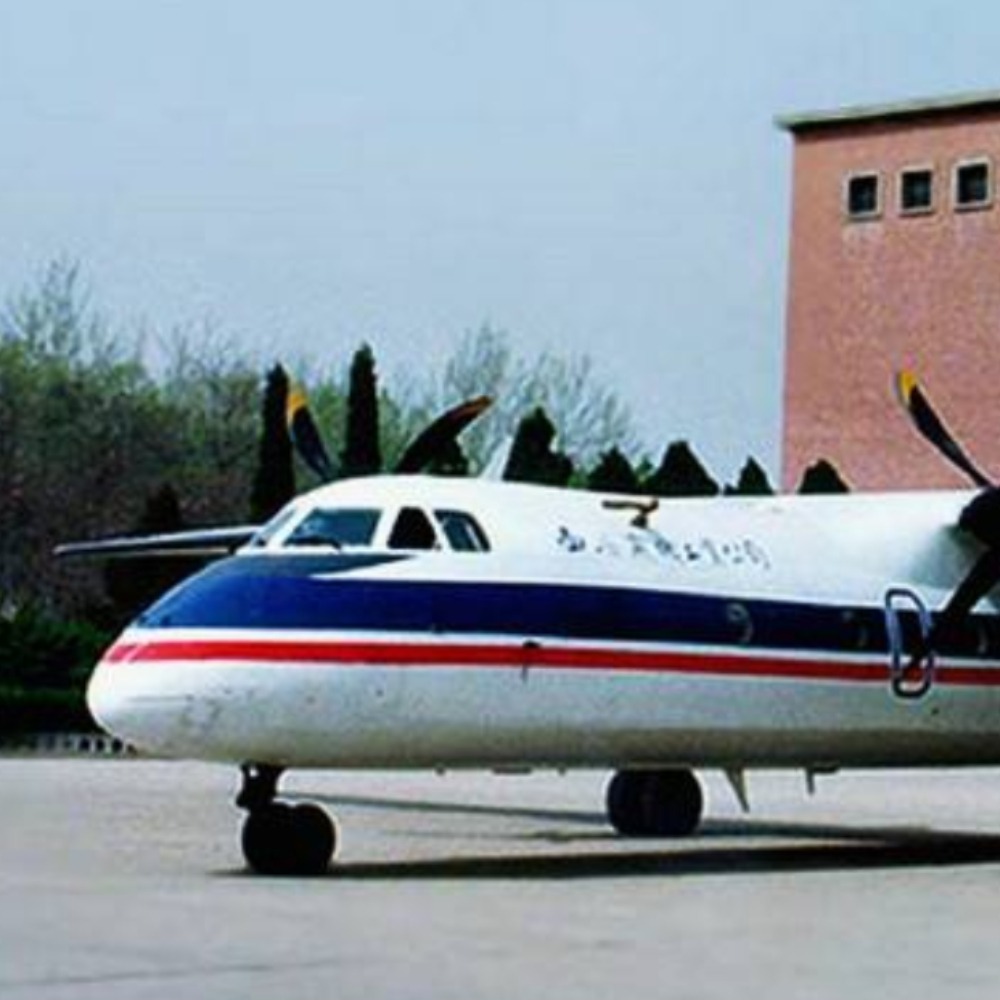Published : 2024-07-20
On July 20, 1985, the Tibet University (TU, 西藏大學) was officially established in Lhasa, becoming the university with the highest-altitude in the world.
The predecessor of Tibet University was the Tibetan Leadership Training Class (藏文幹部培訓班), which was established in 1951. It started as a tent school and went through different developmental stages.
After its establishment, Tibet University continued to develop. After 1999, it successively integrated schools like the Xizang Autonomous Region School of Arts, the Xizang Medical Polytechnic, the Medical Department of the Xizang Nationalities Institute, the Xizang Autonomous Region School of Finance and Economics, and the Xizang Agriculture and Pastoral College.
Entering the 21st century, Tibet University accelerated its development with the support of various national policies.
In 2008, it was selected as a key construction university in the national "211 Project".
Later in 2013 and 2017, it was also selected for the "Revitalisation Plan for Higher Education in Central and Western China" and "World-Class Discipline Construction Universities".
By 2018, Tibet University had become a jointly established university of the Ministry of Education and the Government of Xizang.
The current Tibet University is the largest comprehensive university in Xizang, with 3 authorisation sites for first-class doctoral degree in Ethnic Studies, Chinese Language and Literature, and Ecology.
At the same time, Tibet University has 53 undergraduate majors, covering 10 disciplines including economics, law, education, literature, history, science, engineering, medicine, management, and art.































